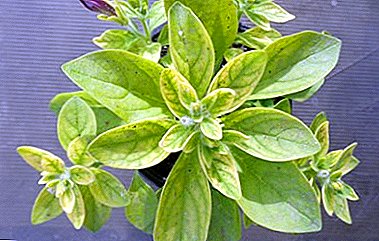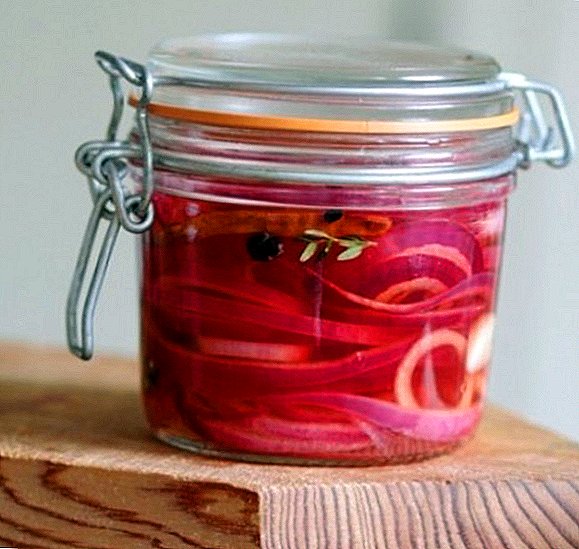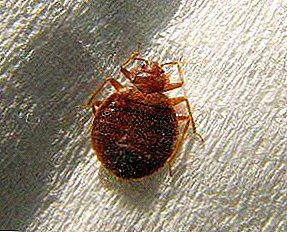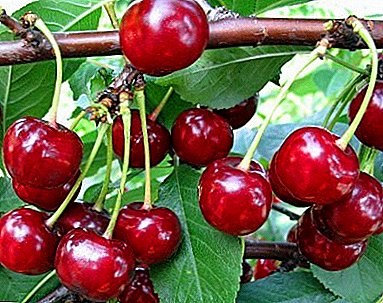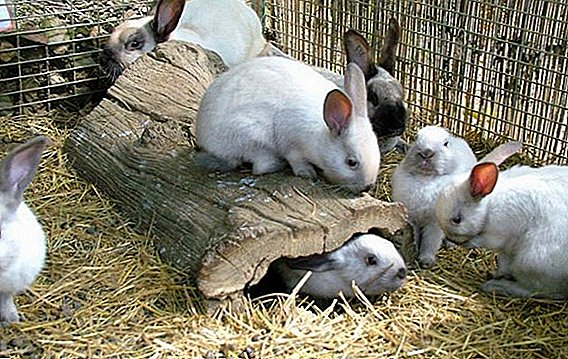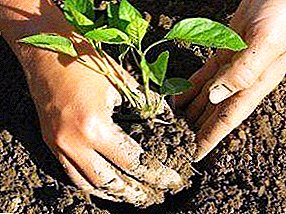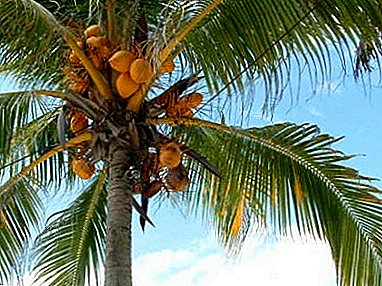
Residents of the northern regions have to endure harsh snowy winters.
Please yourself, arrange tropical corner in his apartment. Plant exotic plants, they will cheer up. You can start with a coconut palm.
Many types of coconut palms: photos
In nature, there are more than 580 species of coconut palm trees.
Where do coconut palms grow? They grow not only on the coast, but also in the arid regions of the tropical belt.
Is it possible to grow coconut palm at home? Houses grow only two types coconuts.
Weddel. Dwarf palm from the forests of Brazil. It grows slowly, rarely exceeds 2 m. Very elegant tree, which can be grown in a small apartment. To fully emphasize the charm of the Veddel coconut, surround it with a white background.


Walnut. Coconut is spread throughout the tropical coast. It grows slowly, but can reach a height of up to 5 m. In small apartments, this type is better not to grow, it is more suitable for greenhouses and spacious winter gardens.


Coconut care at home
Features care after purchase. Purchase only healthy plants. Leaves should be a uniform green color. Pay special attention to the growth bud, if it is damaged palm tree will die. If there is an unpleasant smell from the coconut, give up the purchase, as well reject specimens with damage to the trunk. Often the roots are in a bag or a small container; in this case, the palm must be immediately transplanted into a large pot.
Lighting. Guest from the tropical belt accustomed to sunlight and the same length of day and night. In the winter in the northern latitudes of the palm is not enough lighting. Turn on bright lights so that the “day” is at least 12 hours.
Place the plant near the south window, and in the summer months, two hours before and after noon, shade a little. If the leaves began to curl and turn yellow, it may be a sunburn, hang tulle on the window.
Bloom. Do not expect from the homemade coconut exotic flowers and tasty fruits. Such processes occur only in their native land. In nature, a palm tree throws a long sprout from the top, on which clusters of small flowers turn yellow.
Temperature. In the summer, it is desirable to keep the palm at 25-28⁰, in the winter a slight decrease in temperature is acceptable, but not colder than 18⁰.
 Air humidity. In nature, coconut palms grow along the shores of seas and oceans and are accustomed to high humidity around 80%. In the apartment the air is much drier.
Air humidity. In nature, coconut palms grow along the shores of seas and oceans and are accustomed to high humidity around 80%. In the apartment the air is much drier.
Spray the plant daily and wipe the leaves with a damp cloth. Since a person and a palm tree need different moisture regimes, it is better to grow coconut in greenhouses or winter gardens.
Watering. Watch the soil, it serves as an indicator that the plant needs watering. In the summer, the top layer of the earth should be slightly damp, in the winter, let the soil dry out a little. With excessive moisture, the plant may die, so take seriously the preparation of the soil. If the composition is chosen correctly, the excess water in it will not linger.
Fertilizers. In winter, the plant rests; to maintain vital activity, one supplementary feed per month is sufficient. In the summer, during the period of intensive growth, it is necessary to fertilize twice as often with a special compound for palm trees.
Transfer. Palm roots need a lot of space, it should be replanted every year. The best time for this job is the middle of spring. Take a container 10% more than the previous one, remove the palm tree with a lump of earth from the container, remove some felt roots.
It is very important to plant a palm tree at the same depth as before the transplant. If the roots are inadvertently exposed or damaged, cut off half of the leaves, otherwise a weakened root system will not be able to supply them with moisture.
It is better to use a special soil for palm trees. If you do not find such on sale, make it yourself. Mix in equal parts.:
- sod land
- humus,
- leaf ground
- peat,
- perlite,
- tree bark.
In nature, palm trees grow on sand, you can use it without other additives, but then the soil should be well fertilized, because there is no nutrients in the sand.
Pruning. Palma does not need regular pruning, you only need to remove completely dead or broken leaves. Do not cut the leaves, which have begun to change color, the plant receives nutrients from them. You can only remove dried feather tips.
Growing walnut palm trees
 How to grow coconut palm from coconut? To do everything right need to knowhow coconuts breed in their homeland.
How to grow coconut palm from coconut? To do everything right need to knowhow coconuts breed in their homeland.
Palm trees grow on the ocean and drop nuts in the water. The fruits of coconut palm trees are covered with a thick fibrous shell and contain a little air inside, so they are able to stay on the water and swim to a new place.
Coconuts should be fresh, store bought fruit is unlikely to give shoots. If you decide to risk - shake the selected nut, take the one in which the splash of liquid is heard. Purchase the fruit only in a fibrous membrane. Soak the coconut for a day in warm water, then put it in a pot.
Landing position the nut itself will tell: put it on the table, how it will settle down, and put it on the ground. You do not need to bury it completely, cover it with earth until half the coconut.
Diseases and pests
Palm trees may be damaged mealybug, mites and flail. Having noticed pests, treat the plant with insecticides.
Sometimes coconuts appear black or pink rot. For treatment, treat the plant once a week with fungicides. The best prevention of disease - the right care, strong palm trees usually do not get sick.
Watch the coconut tree, it itself report your mistakes:
- The leaves turn yellow or their tips turn brown - little moisture.
- Brown spots appeared on the leaves - the tree is cold or the ground is over-humidified.
Let the palm tree not bloom and not give nuts. Coconuts can be purchased at the store, and sitting under a tropical tree, enjoy the exotic taste of overseas fruits.


